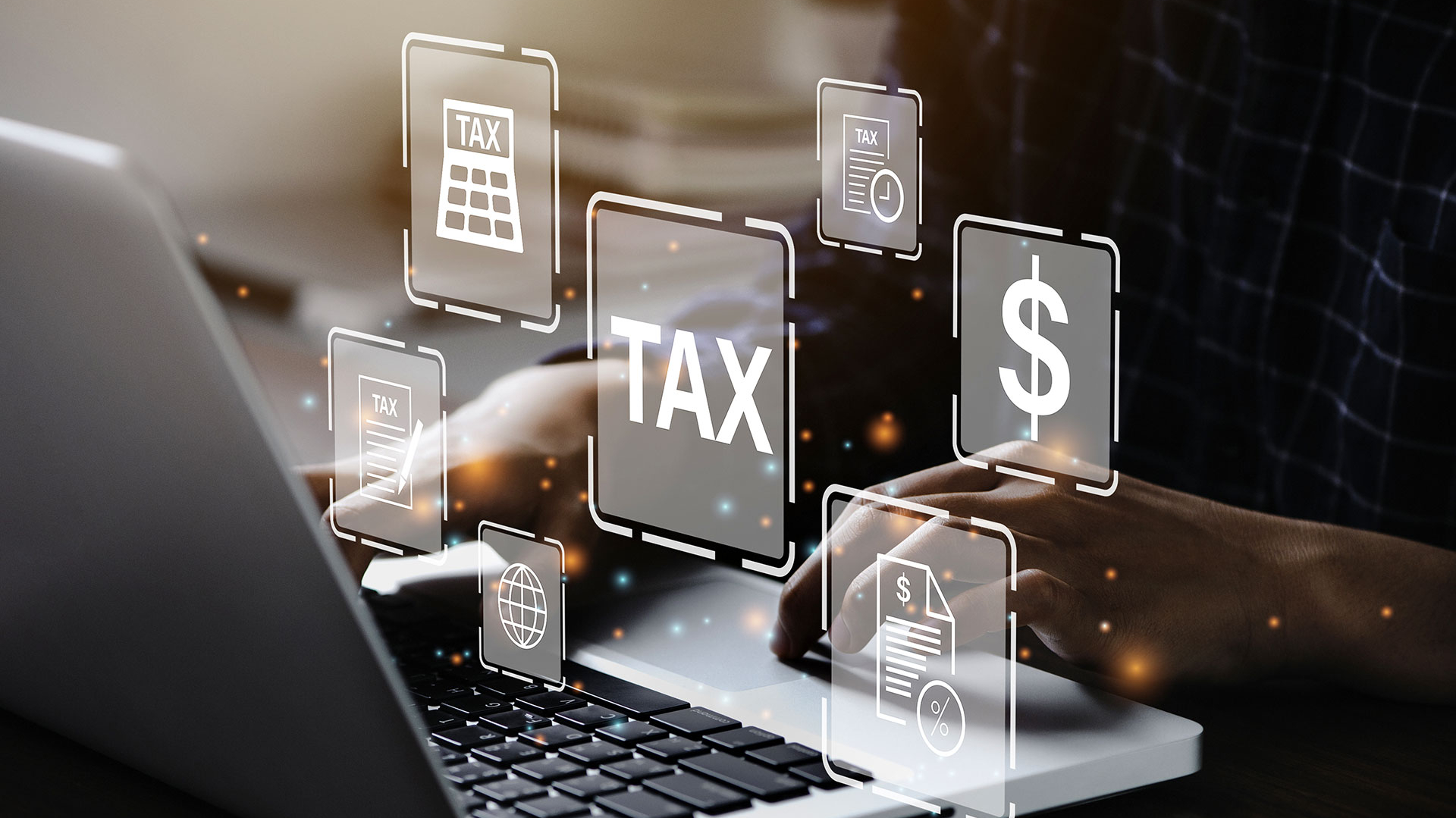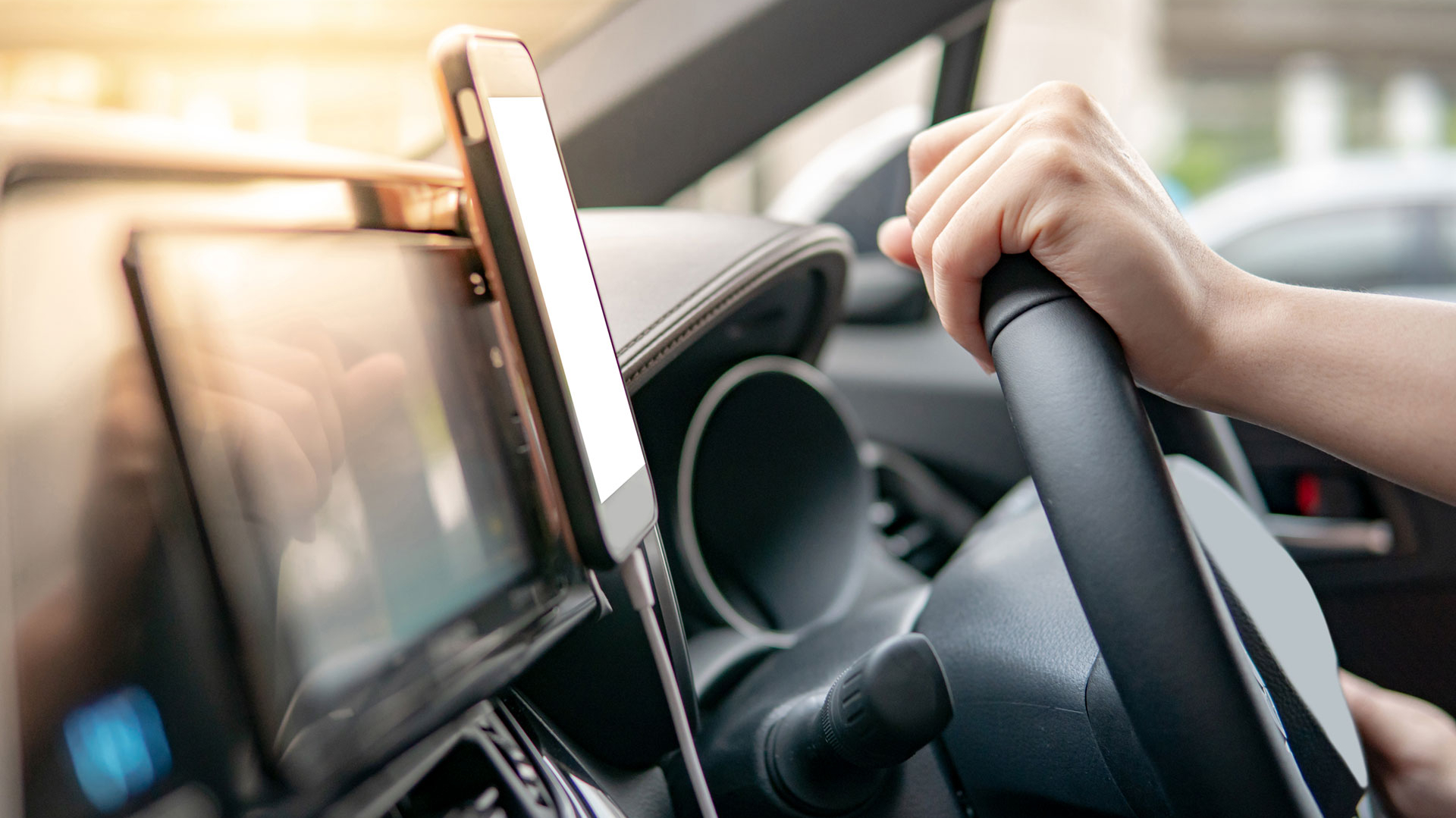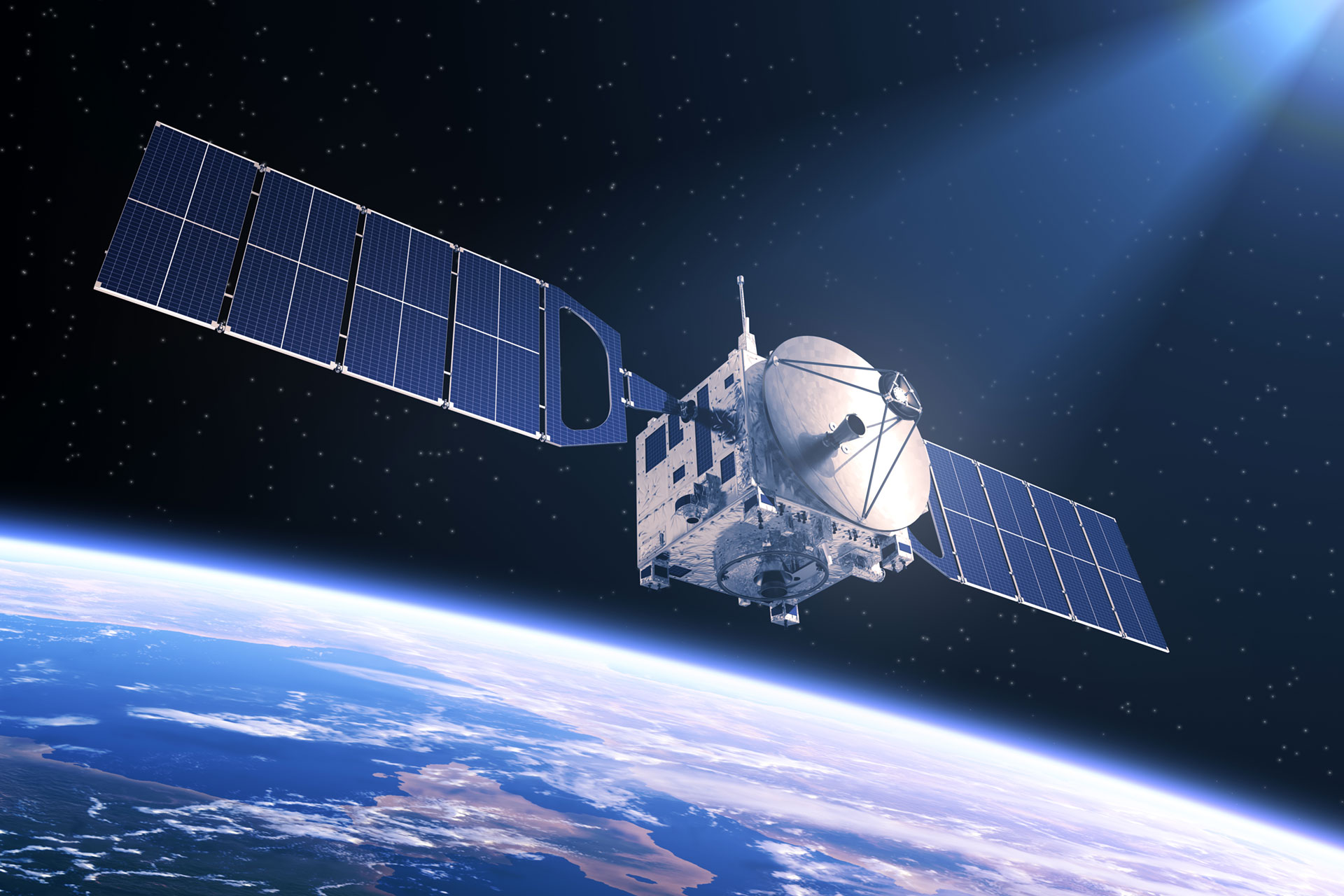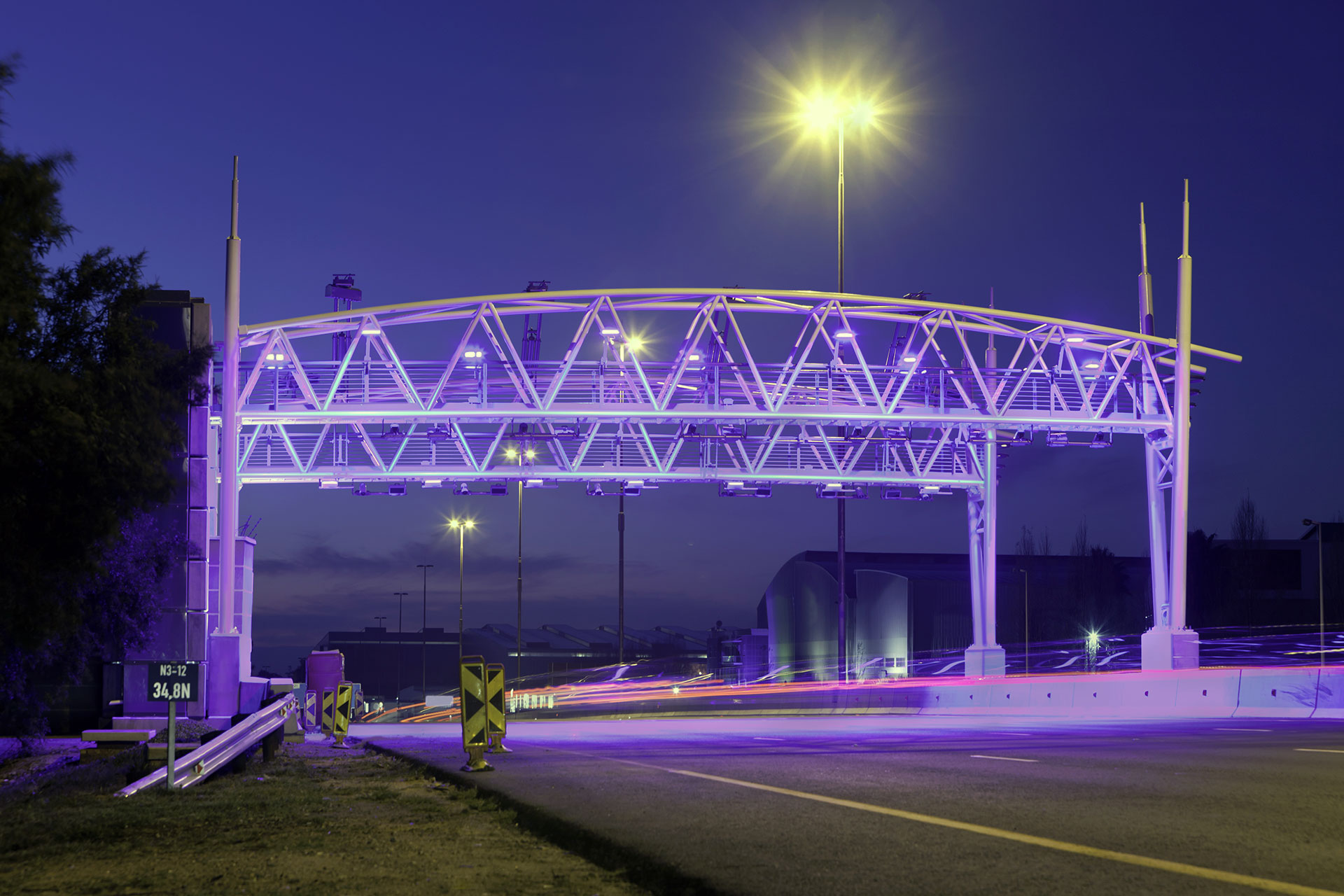It can be configured to apply different rates depending on numerous criteria such as time of day, location, vehicle type and size, and emission class.
Across the world the number of hybrid, electric and highly fuel efficient vehicles continues to grow rapidly. This is having a significant impact upon the revenues that regions and national governments have traditionally raised from taxes on the retail sale of petrol, diesel, and gasoline. Typically, these tax revenues are used to fund and maintain road infrastructures.
Whilst this is happening, many cities and urban areas are witnessing a continued growth in congestion – particularly at peak hours – with an associated decline in air quality.



